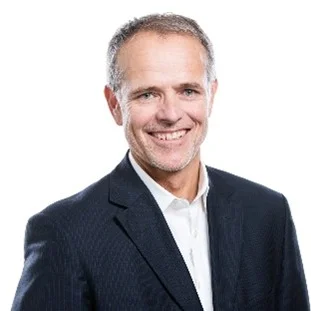Online Workshop «Technical Requirements of Components for Alpine PV Systems»
Discover the unique technical challenges of alpine PV systems and learn how experts design solutions for extreme conditions. Join us for insights, best practices, and real-world experiences from pioneering projects above 1,500 metres.
The realisation of alpine PV plants faces specific challenges compared to plants on the Swiss Plateau. In the Alps, wind loads are higher, snow drifts occur, temperature cycles are faster and more extreme, and irradiation of energy-rich UV light is increased. These conditions result in additional requirements for module design, supporting structures, system technology, maintenance, and operational management.
This workshop will provide insights into the requirements for components of alpine photovoltaic systems and offer the opportunity to exchange views on technical topics. The main focus will be on modules, their connection to the substructure, and system technology.
The workshop is aimed at experts involved in the design and realisation of photovoltaic systems in the Alps.
Preliminary Program

1. Introduction and presentation of the “Alience” project
Hartmut Nussbaumer, Professor, ZHAW – 5 min

2. PV Module Design for Alpine Conditions
Ebrar Özkalay, Researcher PVLAB, SUPSI – 20 min
Abstract:
PV modules are increasingly planned for deployment in alpine regions above 1,500 meters above sea level (MASL), where high solar irradiance and low ambient temperatures can improve energy yield and efficiency. However, these advantages come with significant challenges. Environmental stressors such as snow accumulation, strong winds, ice formation, hail, elevated UV radiation, and extreme cold impose substantial mechanical and environmental loads on PV modules. The likelihood of extreme weather events is also higher than at conventional PV installation sites. These challenges vary with both macro- and microclimatic conditions, requiring careful site-specific assessment. As such, the design of PV modules for alpine applications must address enhanced durability, structural integrity, and performance reliability under these extreme conditions. This presentation outlines key environmental challenges and corresponding design strategies to ensure the reliability and efficiency of PV modules in alpine conditions.
Discussion, Questions – ~10 min

3. Requirements for Inverters in Alpine Installations
Stefan Müller-Duss, BKW Energie AG
Christof Bucher, Professor, BFH – 25 min
Part 1: BKW spent a year measuring and evaluating a large test installation at 2,000 metres above sea level. The results and findings from the monitoring will be presented.
Part 2: The system design and selection of inverters for alpine PV systems differ from non-alpine PV systems in three key ways.
- Firstly, maximum solar radiation at alpine sites is higher in terms of both power and energy.
- Secondly, environmental conditions such as temperature cycles, snow, and ice pressure are harsher—particularly due to more freeze-thaw cycles—and accessibility may be limited in winter.
- Thirdly, electrical insulation strength is lower at higher altitudes.
This presentation discusses the implications for electrical system design and inverter selection.
Discussion, Questions – 10 min

4. Designing for Altitude: Technical and System-Level Optimization of Alpine PV Plants
Moritz Meier, Head of Team Solar, Amstein + Walthert AG – 20 min
Abstract:
This presentation examines key factors affecting system performance and reliability, drawing from engineering experience, simulations, and project implementations. The analysis covers both electrical aspects—such as temperature coefficients, bifaciality, cell technology, and efficiency—and mechanical influences such as snow loads and microcrack susceptibility. Systemic loss factors including cabling design, inverter sizing, and layout strategies are also explored. The presentation highlights interdependencies between component-level decisions and overall system output, and outlines actionable recommendations for technical and operational optimization in alpine PV installations.
Discussion, Questions – 10 min

5. Challenges of Alpine PV Solutions – Requirements, Interfaces, Logistics, and Design
Dominik Schädler, Development and Product Management, ZENDRA AG – 20 min
Abstract:
Ground-mounted alpine PV power plants are pioneering projects, facing multiple challenges in this emerging market segment. ZENDRA—a cross-disciplinary joint venture of REECH, X STATIK, and InfraDigital—pursues an industrial design approach to ensure successful and cost-effective implementation. Over the past three years, three major areas have been addressed:
- Requirements
In alpine environments, there are no empirical values readily available. Similarly, natural events behave differently under such harsh conditions. Requirements had to be established before the design process could begin. - Interfaces
Several industries with different demands collaborated on the alpine PV solution, creating challenges in aligning requirements and achieving a reliable design. - Development Phases
ZENDRA is now working on the 5th generation of ALPINE QUATTRO. Comparing the different generations reveals major development steps. This industrial approach has proven that classic industrial development processes are essential and offer clear advantages over conventional building construction approaches.
Total Duration: ~2 hours